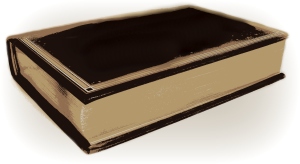No matter how important your paper is, if it’s full of grammatical errors, typographical errors, and spelling errors, no one is going to take it seriously. It undermines the value of your writing and your readers will lose interest or get distracted. The content of your manuscript will never make it through to your audience.
Proofing and copyediting your work makes all the difference in the world. It establishes your credibility as a writer. Your readers will stay on the message that you intended instead of their getting preoccupied by a missing word or a typo.
I have been in this industry for several years and have seen all kinds of manuscripts in all different stages. The most heartbreaking part of this job is telling an author who is proud of their work and set on publication that their manuscript is not even close to being published. Making sure that your manuscript is in the best possible shape it can be will help volumes on your road to publication. Here are my top-ten tips that hopefully will help your on your way.
 Choose an Appropriate Style Guide
Choose an Appropriate Style Guide
Pick the best style guide for you. The Chicago Manual of Style is for fiction, the Associated Press Stylebook is for journalism, MLA Style Guide is for schools and scholarly writing. As they are updated frequently, make sure that you use the most updated version.
Using a style guide will help you keep the formatting consistent so that it looks more professional. Consistency is the number one thing that will bump your work up to the level it needs to be.
Spell check is an awesome tool and you should definitely pay attention to those little squiggly lines, but don’t rely on it entirely. IT DOES NOT CATCH EVERY MISTAKE. Spell check will catch any obviously misspelled words, but it won’t catch words that are spelled correctly but used incorrectly. For example, I tend to leave letters off the ends of words. Sometimes it’s really obvious (like if I type reall instead of really), but other times, it’s sneakier (like if I type the instead of then). As far as the grammatical suggestions go, spell check is programmed for technical writing, which is why you get those suggestions for correction  in your fiction writing that you know are wrong. If you are serious about your work, pay a professional to at least proofread it. You can do as much as you can yourself, but be aware that a writer, when reading what they’ve written, tend to read what they think they wrote, not what they actually wrote. Professional writers hire editors. Amateurs don’t. An agent or publisher will be able to tell right away if you have actually proofed your manuscript or simply run spell check.
in your fiction writing that you know are wrong. If you are serious about your work, pay a professional to at least proofread it. You can do as much as you can yourself, but be aware that a writer, when reading what they’ve written, tend to read what they think they wrote, not what they actually wrote. Professional writers hire editors. Amateurs don’t. An agent or publisher will be able to tell right away if you have actually proofed your manuscript or simply run spell check.
True story: I am a regular judge in a statewide book competition. Whilst reading a book that had been entered, I came across the following sentence—“The [person] looked threw the binoculars.” This was someone who was trying to pass herself off as a professional writer and win an award. Any professional copyeditor worth their salt would have caught that. Spell check skipped it by.
 Keep Text Talk Where It Belongs 😉
Keep Text Talk Where It Belongs 😉
It’s fun to use emoticons and text talk on occasion, but make sure that they don’t make their way into your professional writing. Spell words out—don’t use r, u, 4, etc. in place of words. The word through is not spelled thru. And for the love of god, don’t ever use emoticons. Keep those smileys in texts to your mom.
Keep track of the words that you’re using. Make sure that your words are not 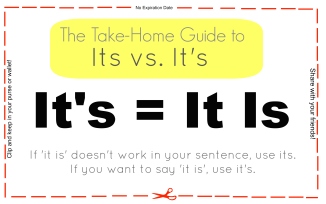 incorrectly used, such as effect vs. effect, loose vs. lose, its vs. it’s, or then vs. than, etc. Also watch for word repetition. We all use crutch words when we write, the trick is to spot them.
incorrectly used, such as effect vs. effect, loose vs. lose, its vs. it’s, or then vs. than, etc. Also watch for word repetition. We all use crutch words when we write, the trick is to spot them.
Check your punctuation. Know your basic marks, like commas, periods, quotation marks, etc., but keep your eyes open for too many exclamation points or the dreaded, overused ellipses.
Research and keep lists of the  common errors you make. Is your writing passive? Do you end sentences with prepositions? Comma splices? Dangling modifiers? Tense shift? You know where you’re having problems, suss them out and fix them.
common errors you make. Is your writing passive? Do you end sentences with prepositions? Comma splices? Dangling modifiers? Tense shift? You know where you’re having problems, suss them out and fix them.
Learn the craft. Read your favorite authors analytically. Get a grammar guide. Subscribe to a grammar blog. Enroll in a writing workshop. Expand your knowledge base. It will improve your chances at spotting errors in your own writing.
 Look Your Writing from a Different Angle
Look Your Writing from a Different Angle
Get a different perspective on your work. This will help you spot the things that you missed the first time. Try tricks like changing the font or reading your manuscript backwards. Looking at your writing in a different way will make the things that you don’t want more obvious.
As I said before, it’s always a good idea to seek the feedback of a professional. They really are more likely to catch mistakes, as it is their profession. It increases your chances of producing an error-free manuscript.
When you are ready to proofread your work, take a step back. Go take a walk, do your dishes, watch a movie—anything away from the computer. Give yourself the necessary space and then come back to tackle it with a fresh view. And if at any time during the process you find yourself angry, frustrated, with itchy eyes, a headache, or any negative reaction, it’s time for another break. You are not going to do yourself any favors by pushing through it. Treat yourself nicely.
While everything on this list will not take the place of a professional copyedit, it’s a start. It’ll get you a long way toward a completed manuscript.
Okay, your turn! What are your tried and true methods for proofreading?

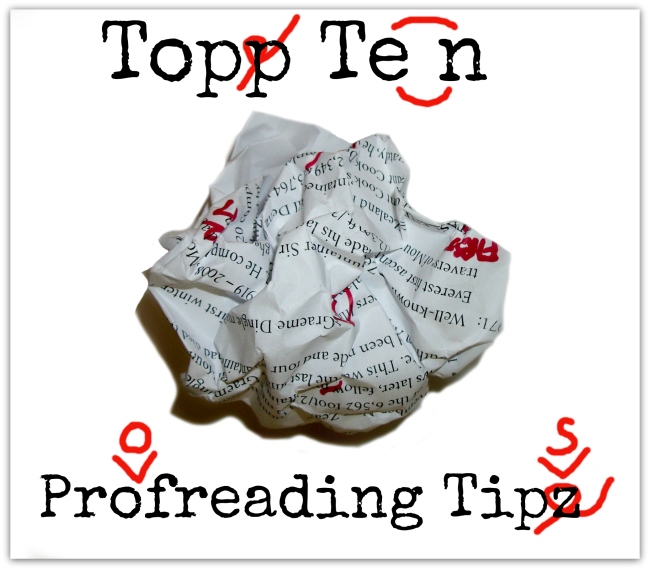







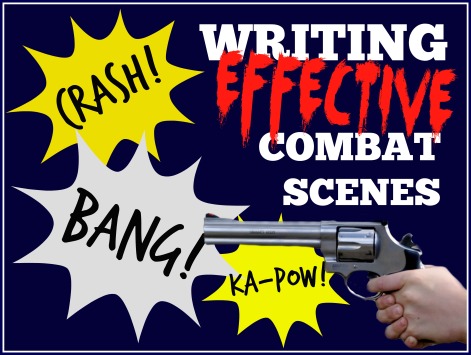


 is. Make it real. Most warriors or fighters will not stop fighting to make a speech. When the adrenaline is flowing, as it usually is in battle, people generally won’t have the mental faculties to make a witty speech as entertaining as it is.
is. Make it real. Most warriors or fighters will not stop fighting to make a speech. When the adrenaline is flowing, as it usually is in battle, people generally won’t have the mental faculties to make a witty speech as entertaining as it is.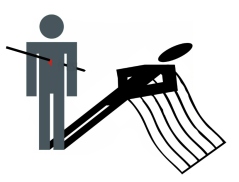


 smoking cigarettes while they crank out the next great American novel.
smoking cigarettes while they crank out the next great American novel.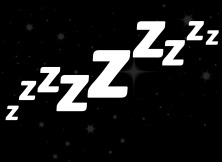
 inspiration wanes. Moving your body around brings blood back to your cells, including the ones in your brain.
inspiration wanes. Moving your body around brings blood back to your cells, including the ones in your brain.

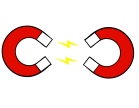


 In Don Quixote by Miguel Cervantes, the eponymous hero has a very fanciful outlook on life. His foil, Sancho Panza, is more practical and down to earth. Physically, Sancho is also described as rotund and short, while Don Quixote is tall and thin.
In Don Quixote by Miguel Cervantes, the eponymous hero has a very fanciful outlook on life. His foil, Sancho Panza, is more practical and down to earth. Physically, Sancho is also described as rotund and short, while Don Quixote is tall and thin. Make your conflicting personalities rub against each other and create some friction. Maximize the explosion when they come together. If everyone in your story plays nice and believes that it all will work out in the end, it’s going to be a mighty boring story. Unless of course you’re writing for 3 year olds. In that case, good job. Plan your characters out, match their clashing traits and, go ahead, create fireworks. Your readers will thank you.
Make your conflicting personalities rub against each other and create some friction. Maximize the explosion when they come together. If everyone in your story plays nice and believes that it all will work out in the end, it’s going to be a mighty boring story. Unless of course you’re writing for 3 year olds. In that case, good job. Plan your characters out, match their clashing traits and, go ahead, create fireworks. Your readers will thank you.
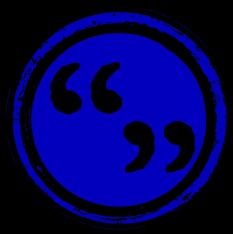 “Hi there!” I said.
“Hi there!” I said.  fine. Use asked in the case of a question. Fancy words like denounced or proclaimed, or descriptive words like cried, teased, hissed, joked, smirked, winked, frowned, smiled, et cetera, may be fun to write but actually take the reader’s attention away from your writing.
fine. Use asked in the case of a question. Fancy words like denounced or proclaimed, or descriptive words like cried, teased, hissed, joked, smirked, winked, frowned, smiled, et cetera, may be fun to write but actually take the reader’s attention away from your writing.
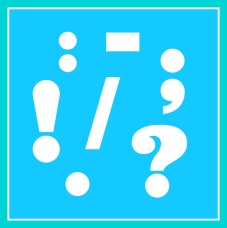 The first thing to remember about punctuating dialogue is that the punctuation, with very few exceptions, goes inside the quotation marks. If you have a question about whether or not you should put it inside, put it inside. 99% of the time, you will be right.
The first thing to remember about punctuating dialogue is that the punctuation, with very few exceptions, goes inside the quotation marks. If you have a question about whether or not you should put it inside, put it inside. 99% of the time, you will be right.
